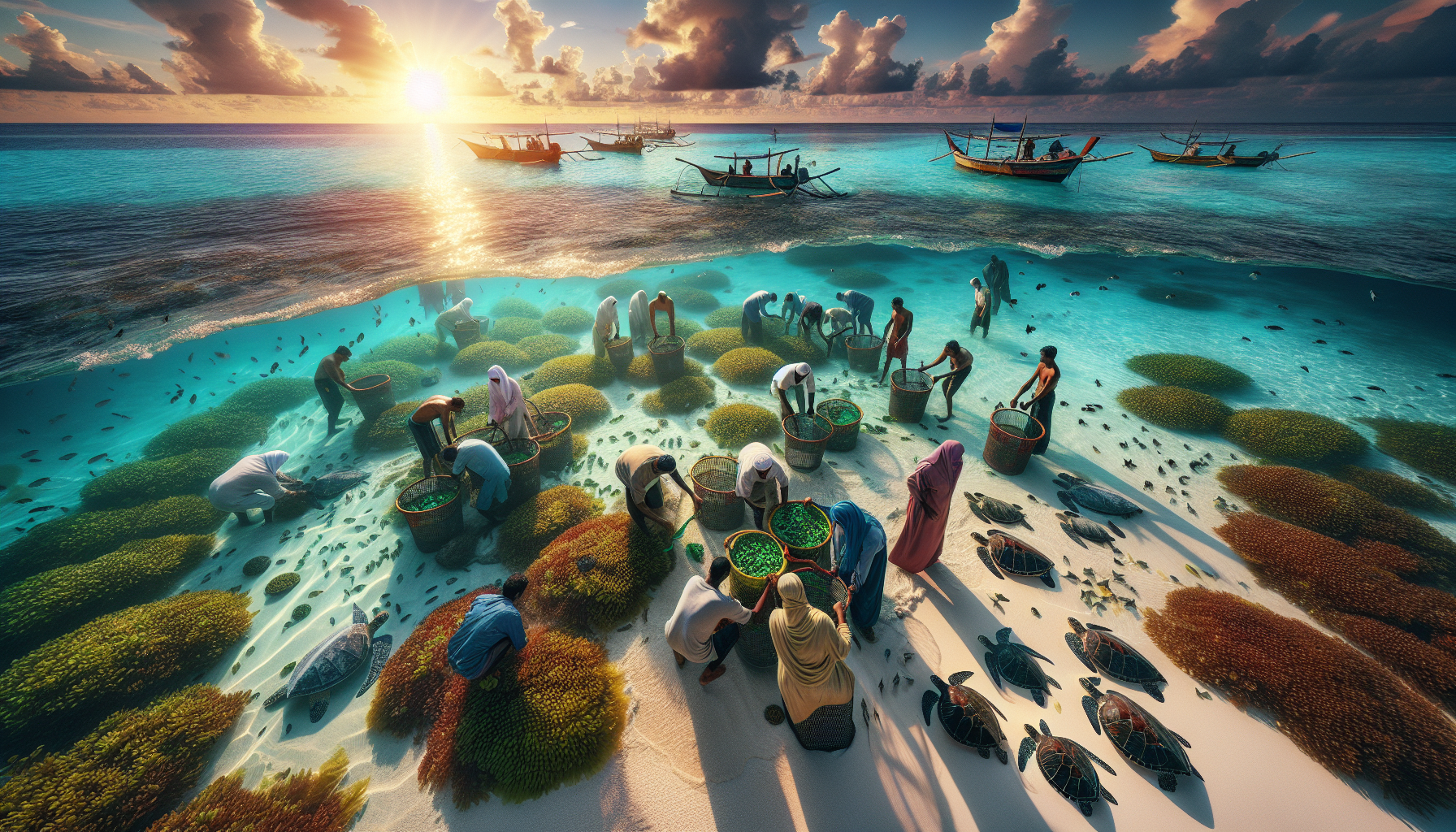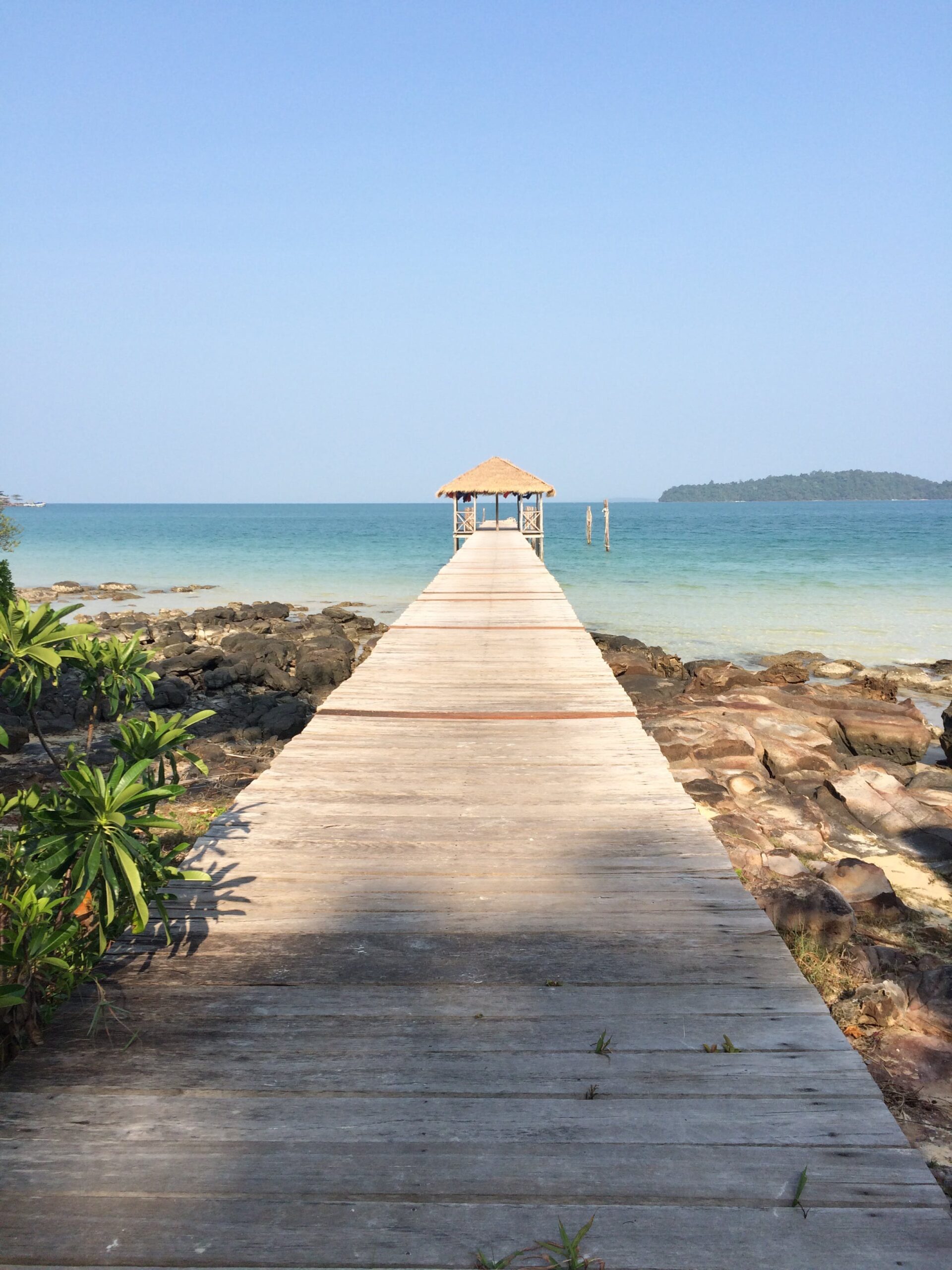Along the coastline, marine conservation efforts and protected areas are essential in maintaining the health and diversity of our oceans. In this article, we will explore whether any such initiatives exist along the coastlines and how they contribute to the preservation of marine ecosystems. Join us as we uncover the measures taken to protect our precious underwater habitats and the impact they have on the surrounding communities and wildlife. Get ready to dive into the world of marine conservation efforts and learn how they are making a positive difference for our oceans.
Overview
Definition of marine conservation
Marine conservation refers to the protection and preservation of marine ecosystems and species through the implementation of various measures and initiatives. It aims to maintain the health and balance of the ocean environments, ensuring their sustainability for future generations. This includes safeguarding marine biodiversity, habitats, and resources, as well as promoting sustainable practices and minimizing human impacts on the marine ecosystem.
Importance of marine conservation efforts
Marine conservation efforts are of paramount importance for several reasons. Firstly, the oceans cover more than 70% of the Earth’s surface and have a significant impact on climate regulation, carbon storage, and oxygen production. Therefore, the conservation of marine ecosystems plays a vital role in maintaining the overall health and stability of our planet. Additionally, marine conservation is crucial for the preservation of biodiversity and the protection of numerous species that depend on these ecosystems for their survival. By safeguarding marine habitats and reducing pollution and overfishing, we can help preserve the delicate balance of marine life.
Purpose of protected areas
Protected areas are designated zones within the marine environment that are legally protected and managed to conserve biodiversity, habitats, and critical marine areas. These areas serve several purposes, including the preservation of unique ecosystems, the protection of endangered species, and the promotion of sustainable fishing and tourism practices. By establishing protected areas, we can provide safe havens for marine life, safeguard important breeding grounds, and reduce the impact of human activities on fragile marine ecosystems. Protected areas also contribute to scientific research and education, raising awareness about the importance of marine conservation.

Marine Conservation Efforts
Marine protected areas
Marine protected areas (MPAs) are a crucial component of marine conservation efforts. These areas are designated to conserve ecosystems, habitats, and species while allowing certain sustainable human activities. MPAs can vary in size and level of protection, ranging from fully protected “no-take zones” to multiple-use areas with regulated fishing and tourism activities. By establishing MPAs, governments and organizations aim to mitigate the threats of overfishing, habitat destruction, and pollution. These protected areas act as refuges for marine species, promoting their recovery and enhancing the resilience of surrounding ecosystems.
International agreements and organizations
International cooperation is essential for effective marine conservation efforts. Several agreements and organizations work towards the protection and sustainable use of marine resources on a global scale. The United Nations Convention on the Law of the Sea (UNCLOS) provides a legal framework for marine conservation, while the Convention on Biological Diversity (CBD) focuses on biodiversity conservation. Additionally, organizations such as the International Union for Conservation of Nature (IUCN), the World Wildlife Fund (WWF), and Greenpeace play crucial roles in advocating for marine conservation, conducting research, and raising awareness about the importance of protecting our oceans.
Sustainable fishing practices
Adopting sustainable fishing practices is crucial for the long-term health and sustainability of marine ecosystems. Overfishing has led to the depletion of fish populations and the disruption of entire marine food webs. To address this issue, measures such as implementing fishing quotas, promoting selective fishing methods, and establishing protected areas have been implemented. Additionally, the development of technologies such as satellite surveillance, fish aggregating device (FAD) tracking, and real-time catch reporting enables better monitoring and management of fishing activities. By embracing sustainable fishing methods, we can ensure the conservation of marine resources while supporting the livelihoods of fishing communities.

Protected Areas along the Coastline
Global protected areas and initiatives
Numerous protected areas and initiatives exist along coastlines worldwide to conserve marine ecosystems and species. For instance, the Great Barrier Reef Marine Park in Australia is one of the largest and most iconic protected areas, encompassing a vast area of coral reefs, seagrass meadows, and mangrove forests. This park provides critical habitat for countless marine species and serves as a popular tourist destination. Another notable example is the Galápagos Marine Reserve, which is celebrated for its unique biodiversity and played a significant role in inspiring Charles Darwin’s theory of evolution. These global protected areas reflect the international commitment to marine conservation and serve as models for other coastal regions.
Regional protected areas
In addition to global initiatives, many regions have established their own protected areas along their coastlines. In the United States, the Florida Keys National Marine Sanctuary protects a diverse array of marine habitats, including coral reefs and seagrass beds. This sanctuary not only conserves vital habitats and species but also supports tourism, recreation, and sustainable fishing. Similarly, the Mediterranean Sea is home to numerous regional marine protected areas, such as the Port-Cros National Park in France and the Cabrera Archipelago Maritime-Terrestrial National Park in Spain. These protected areas contribute to the preservation of unique Mediterranean biodiversity while facilitating sustainable economic activities and tourism.
National marine parks and reserves
Many countries have designated their own national marine parks and reserves to conserve coastal ecosystems and species. For example, Thailand’s Similan Islands National Park is renowned for its pristine coral reefs and vibrant marine life. The park restricts certain human activities, such as fishing, to preserve the fragile marine environment. Likewise, Mexico’s Cabo Pulmo National Park is a remarkable success story in marine conservation. After implementing strict protection measures, the park’s coral reefs and fish populations have witnessed a remarkable recovery, demonstrating the potential for conservation initiatives to restore and preserve marine ecosystems.

Challenges and Successes
Human activities threatening marine conservation
Despite ongoing conservation efforts, numerous human activities continue to pose significant threats to marine conservation. Overfishing and destructive fishing practices, such as bottom trawling, result in the depletion of fish stocks and the destruction of sensitive habitats. Pollution, including chemical runoff, oil spills, and marine debris, contaminates marine ecosystems and impacts marine life. Climate change further exacerbates these threats, causing rising sea levels, ocean acidification, and coral bleaching. Coastal development, habitat destruction, and invasive species introduction also contribute to the degradation of marine environments. Addressing these challenges is critical for the long-term success of marine conservation efforts.
Conservation efforts and achievements
Despite the challenges, numerous conservation efforts have led to significant achievements in marine conservation. The establishment of marine protected areas has proven effective in protecting and restoring marine habitats and biodiversity. Success stories include the recovery of fish populations in the Great Barrier Reef Marine Park following the implementation of fishing restrictions, the restoration of mangrove forests in the Sundarbans National Park in Bangladesh, and the conservation of sea turtles through nesting beach protection initiatives. Collaborative research and monitoring programs have also enhanced our understanding of marine ecosystems and informed conservation strategies. Additionally, educational campaigns and public awareness have fostered a greater appreciation for marine conservation and sustainable practices.
Collaborative approaches for successful conservation
One of the keys to successful marine conservation is collaboration. Governments, organizations, scientists, local communities, and individuals must work together to address the complex challenges facing our oceans. Collaborative approaches involve engaging stakeholders, such as fishermen and coastal communities, in conservation efforts. This includes promoting sustainable fishing practices, supporting alternative livelihoods, and providing education and training opportunities. Collaborative management of protected areas also ensures the involvement of local communities in decision-making processes, fostering a sense of ownership and stewardship. By combining knowledge, resources, and efforts, we can achieve more effective and sustainable marine conservation outcomes.

Future Outlook
Ongoing initiatives and future projects
Marine conservation efforts continue to evolve, with ongoing initiatives and future projects aiming to address existing challenges and protect marine ecosystems. These efforts include expanding the network of protected areas, strengthening international collaborations, and improving monitoring and enforcement of conservation measures. Additionally, innovative technologies, such as drones and underwater robots, offer new opportunities for researching and monitoring marine environments. The application of genetic research and biotechnology also shows promise in supporting the conservation and restoration of marine species and habitats. As our understanding of marine ecosystems improves, we can develop more targeted and effective conservation strategies.
Innovative approaches for marine conservation
Innovation plays a crucial role in advancing marine conservation efforts. New and emerging technologies are being harnessed for various purposes, such as remote sensing to detect illegal fishing activities, artificial intelligence for analyzing large datasets, and the use of blockchain technology for traceability in the seafood industry. Furthermore, the development of sustainable aquaculture practices offers an alternative to traditional fishing methods while reducing pressure on wild fish stocks. Collaborative initiatives and partnerships between scientists, conservation organizations, industry stakeholders, and local communities continue to drive innovative research and practical solutions for marine conservation.
Expanding protected areas
Expanding the network of protected areas is vital for the future of marine conservation. Efforts are underway to establish new marine protected areas, enhance the management of existing ones, and connect fragmented habitats through ecological corridors. It is essential to prioritize the protection of critical habitats, such as coral reefs, seagrass meadows, and mangrove forests, which provide numerous ecological services and support a vast array of marine species. Collaboration at the international level is crucial to ensure the effective management and enforcement of protected areas. By expanding the network of protected areas, we can create a more resilient and interconnected marine ecosystem.

Conclusion
Marine conservation efforts and the establishment of protected areas along coastlines are crucial for safeguarding the health and sustainability of our oceans. These efforts aim to preserve marine biodiversity, protect critical habitats, and promote sustainable practices. While there are significant challenges, such as overfishing, pollution, and climate change, collaborative approaches and innovative solutions offer hope for the future. By continuing to expand protected areas, strengthening international cooperation, and engaging local communities, we can ensure the long-term conservation of marine ecosystems and the countless benefits they provide. The health of our oceans ultimately depends on our collective actions, and by working together, we can secure a vibrant and resilient marine environment for generations to come.
